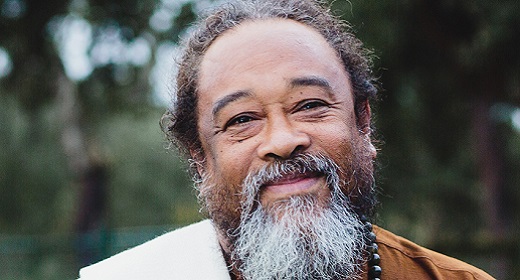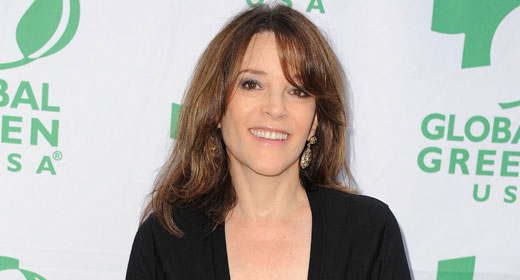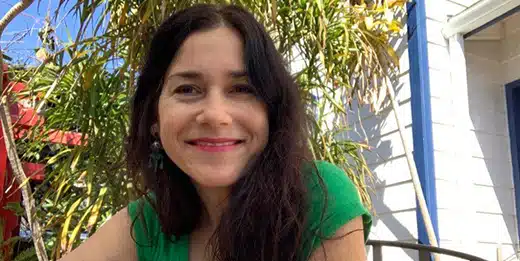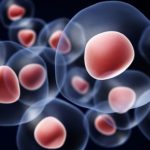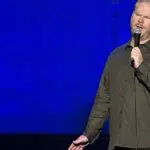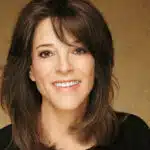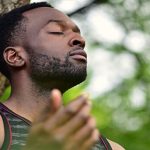by Dr. Alberto Villoldo: The search for the soul has preoccupied humans for centuries…
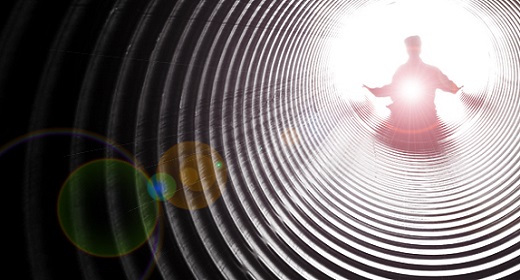
At first, our ancestors thought the soul had its seat in the heart. Later, numerous other organs became candidates for housing the soul—including the liver and the spleen.
Eventually, when we could not find the soul in any of these locations, we decided that it must reside in the head, inside the brain. Yet the ancient Egyptians had little use for the brain: while they carefully mummified all of a deceased person’s organs, they drained the brain by inserting straws through the nasal passage into the cranial cavity and tossed the whole bloody mess away.
Today, most scientists would argue that what we call consciousness is an epiphenomenon, or secondary by-product, of the brain—that is, that the neural circuitry in the brain creates consciousness. In fact, Francis Crick, one of the discoverers of DNA, states in his book The Astonishing Hypothesis: The Scientific Search for the Soul that everything to be learned about the soul can be found by studying the workings of the human brain.
In contrast, shamans are more prone to believe the reverse, that the brain is an epiphenomenon of consciousness, and that consciousness itself utilizes complex evolutionary mechanisms to create the neural circuitry that allows us to become aware of ourselves and the universe.
I remember the first time I held a human brain in my hands. My friend, Brian, a student in medical school, had invited me to join him that evening while he removed a brain from a cadaver he and his dissection partner had been working on. Brian had the brain to himself, as his partner had passed on the experience, saying she was going into obstetrics and had little interest in that part of the anatomy.
Brian’s cadaver was that of a young woman named Jennifer. I had seen human brains before, floating in formalin-filled lab jars. But the moment that Brian exposed Jennifer’s brain by pulling the calvarium away from the skull will always live with me.
Aristotle thought that the brain cooled the blood, that thinking was a function of the heart. Rene Descartes described the brain as the pump of a nerve fountain. It has been compared to a clock, a telephone switchboard, a computer; yet the mechanics of the brain are far more intricate than any analog. Theorist Lyall Watson wrote that if the brain were so simple that we could understand it, we would be so simple that we couldn’t. And the source of all this theory and speculation was the walnut-shaped, fleshy, gray mass of tissue before me.
That evening, I took with me a tiny portion of Jennifer’s brain that we had sliced and diced and placed on a glass slide, the kind you use in a microscope. The slide contained a small piece of Jennifer’s prefrontal cortex. I said to myself that I wanted to “look inside her head” more carefully at a later date.
Weeks later, I was in Cuzco, the capital of the ancient Inca empire and the longest continually inhabited city in the Americas. The ancestors of the Inca had built the original mud-and-straw structures, and the Inca had built great stone palaces on top of them. I was visiting Don Antonio Morales, my translator and informant as I investigated the healers and sages of the Andes, and whom I would later discover was one of the great shamans in the area.
That night, when I entered Don Antonio’s simple cabin, the first thing he said to me was, “You’ve brought someone with you.” I immediately replied that I had come alone, but he gazed beyond me to the back of the room, and he said that the guest that I had brought had come uninvited.
And then he began to describe Jennifer to me, how she had lived, whom she had loved, and how she had died. The hair on the back of my neck stood on end. I was not used to having uninvited guests accompany me, but I recalled that I had been sleeping restlessly since that experience with Brian in the anatomy lab. And now this old sage was telling me that Jennifer’s soul had attached itself to me.
“It’s because you are warm-hearted and compassionate,” the old man said. “Although she had died, her soul was caught between the world of the living and the world of spirit. She was trapped in a nightmare that she could not wake up from. And perhaps she knew, somewhere deep inside, that you would bring her to me and that we would relieve her suffering.”
The old man pointed out that Jennifer’s soul had become attached to an object of hers that I had removed without permission. I immediately started digging through my backpack and pulled out the microscope slide.
“What is it?” Don Antonio asked.
“It’s her brain, a piece of it,” I said. He looked at me and frowned.
“You’ve done a very bad thing,” he said. “But maybe it was for the best. Now we will heal her and help her go back home to the world of spirit.”
Thus began my training with the shamans. Since then, I have had a direct and palpable experience of my own soul and the beauty of the souls of others around me. I have discovered the soul to be the finest aspect of human nature, that part of us that finds beauty everywhere regardless of how much ugliness there is around us. It is the part of us that no longer searches for the truth but, rather, brings truth to every encounter. It is the part of us that no longer seeks happiness but infuses every instant with joy. It is the part of us that practices kindness and lives in simplicity.
The shamans believe that the soul is all that is beautiful and noble about being human. The soul has the possibility of becoming eternal because beauty and nobility are eternal. But to experience this, we first have to heal the trauma and pain from our past and become enlightened. The great experiment that each one of us can perform is to recover an essential aspect of ourselves that we have lost as a result of pain, trauma, and stress.
In metaphorical terms, this is the part of ourselves that never left the Garden of Eden, that still walks with beauty in the world, connected to the rivers and the trees, and that speaks with God easily and readily. We believe that the key to this lies above our eyebrows, in our prefrontal cortex.
Once this brain is awakened, we can experience brain synergy and understand who we are and what we want from life.

